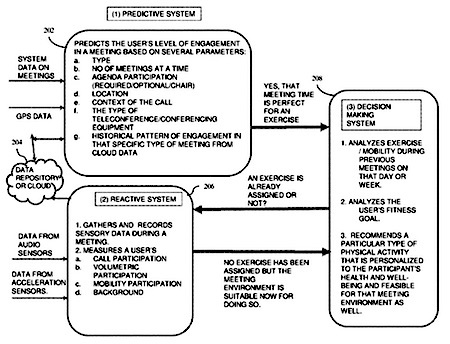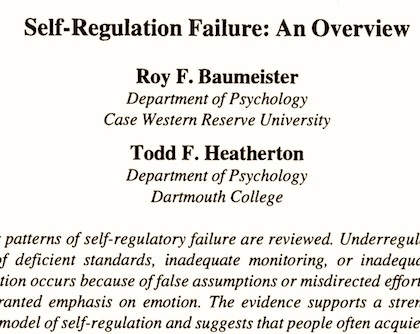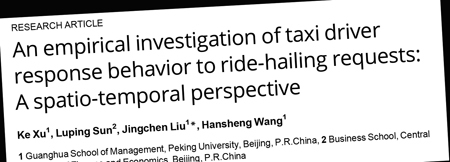Marc Abrahams's Blog, page 182
June 17, 2018
Proper credit for penguins: credit cards and poo
Here are two drawing of penguins.
One drawing is part of an ad for a credit card offered by CIBC, with the slogan “Unleash your sense of adventure. Aventura. The Traveller’s Travel Card. ”
”
The other drawing is from the Ig Nobel Prize-winning biology research study “Pressures Produced When Penguins Pooh — Calculations on Avian Defaecation,” published in the journal Polar Biology, vol. 27, 2003, pp. 56-8.
Can you tell which drawing is which?
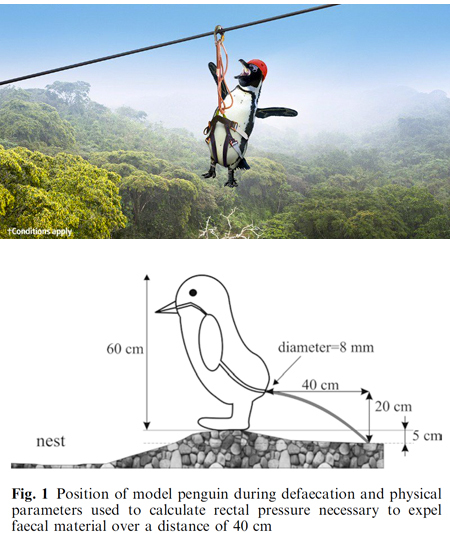
(Thanks to Jillian Buriak for bringing this to our attention.)

Bongo music and the dance of Slime Mold Andi
Behold the slime mold known (to its human friends) as “Andi.” Andi’s friends arranged for Andi’s slinky movements to be set to bongo music. This is explained, all too briefly, on Medium.
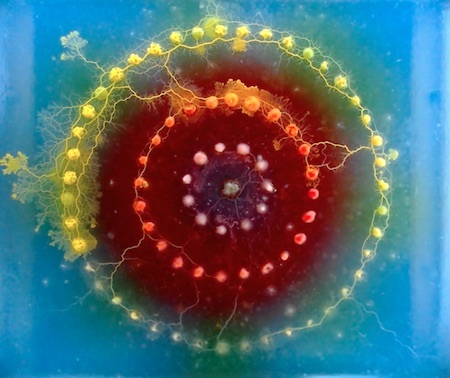

June 15, 2018
Reports: U.S. President Likely to Pardon Milken, First Winner of the Ig Nobel Economics Prize
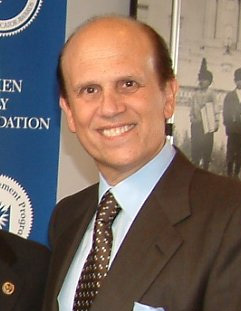 News reports suggest that U.S. President Donald Trump is likely to pardon convicted felon Michael Milken, who in 1991 became the very first person to be awarded an Ig Nobel Prize for Economics.
News reports suggest that U.S. President Donald Trump is likely to pardon convicted felon Michael Milken, who in 1991 became the very first person to be awarded an Ig Nobel Prize for Economics.
That 1991 Ig Nobel Prize was awarded to Michael Milken, titan of Wall Street and father of the junk bond, to whom the world is indebted. (Milken was not physically present at that year’s Ig Nobel Prize ceremony, having a previous engagement to appear in a federal prison.)
Today, June 15, 2018, Bloomberg News reports:
Trump Insiders Seek Pardon for ‘Junk Bond King’ Michael Milken
Some of President Donald Trump’s closest confidants have urged him to pardon Michael Milken, the 1980s “junk bond king” who has unsuccessfully sought for decades to reverse his securities fraud conviction, according to people familiar with the matter….
Ripping up Milken’s conviction — the result of arguably the highest-profile inside trading case ever — would be a blow to federal prosecutors, particularly those overseeing Wall Street. It would also be a rebuke to the judge who oversaw the matter three decades ago and excoriated Milken at his sentencing….
That judgment [in that trial] was delivered by U.S. District Judge Kimba Wood in Manhattan. Wood remains in that seat, and is now in charge of reviewing evidence seized by federal agents from Michael Cohen, Trump’s long-time personal attorney.
BONUS FACT: Both Donald Trump and Michael Milken attended the Wharton School of Business.
TICKETS for the 28th First Annual Ig Nobel Prize ceremony go on sale Tuesday, July 10, exclusively from the Harvard Box Office.

Computer-Learning-Driven Exercise Suggestions During Meetings
Yet another possible great advance in humanity’s pursuit of both artificial intelligence and meetings:
“Machine learned optimizing of health activity for participants during meeting times,” US patent application 20180116599A1, Paul R. Bastide, Filiz Isabell Kiral-Kornek, Dwarikanath Mahapatra, Susmita Saha, Arun Vishwanath, and Stefan von Cavallar, filed November 2, 2016, rights assigned to International Business Machines Corp.
The system’s reliability, value, and biomedicotechnocomplexial simplicity may be obvious from this diagram:
The patent explains: “Providing heath activity for a participant in a conference call may include receiving data associated with the conference call and location data specifying a location of the participant conducting the conference call…. The participant’s fitness goal may be identified. Based on the predicted engagement level, the sensor data and the participant’s fitness goal, an exercise for the participant to perform during the conference call may be determined. A notification signal may be transmitted to the participant to perform the exercise.”
(Thanks to Falk Fish for bringing this to our attention.)

June 14, 2018
Professor, expert on losing control, loses control and retires instantly
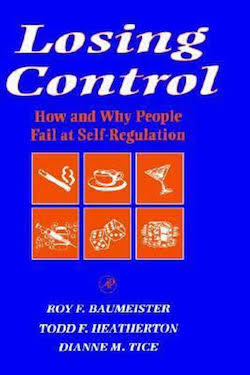 Professor Todd Todd Heatherton today lost control. [If you follow the link attached to his name, you may see that his university web page has lost nearly all mention of him.]
Professor Todd Todd Heatherton today lost control. [If you follow the link attached to his name, you may see that his university web page has lost nearly all mention of him.]
Heatherton is co-author of the book Losing control: How and why people fail at self-regulation [Academic Press, 1994], and co-author of the study “Self-regulation failure: An overview,” Roy F. Baumeister and Todd F. Heatherton, Psychological Inquiry, vol. 7, no. 1 (1996): 1-15.
The college newspaper The Dartmouth reports, on June 14, 2018:
Heatherton retires following sexual misconduct allegations
Psychological and brain sciences professor Todd Heatherton has elected to retire immediately following a recommendation from Dean of the Faculty of Arts and Sciences Elizabeth Smith, upheld by the faculty-elected Review Committee, that his tenure be revoked and his employment terminated. Smith’s recommendation follows a review of Heatherton by an external investigator for sexual misconduct….
The study “Self-regulation failure: An overview” reaches this conclusion:
Our review has led us to reject the model that self-regulatory failure is typically the result of irresistible impulses. Although it would be excessive to say that people freely choose to lose control, they do seem to show considerable active participation and acquiescence in the behaviors that constitute self-regulatory failure….

Comparing ‘The Leadership Hubris Epidemic’ and Frontotemporal Dementia
 What comparisons might be drawn, if any, between the grotesquely exaggerated, often self-destructive personality traits caused by damage to frontal brain regions and the behaviour of prominent characters in the world of business and politics who are suffering from ‘The Hubris Syndrome’?
What comparisons might be drawn, if any, between the grotesquely exaggerated, often self-destructive personality traits caused by damage to frontal brain regions and the behaviour of prominent characters in the world of business and politics who are suffering from ‘The Hubris Syndrome’?
Details are provided in Chapter 1 of the 2107 book ‘The Leadership Hubris Epidemic’ [£87.50, Palgrave Books] in which professor Peter Garrard (at St. George’s, University of London) writes that the effects of Frontotemporal Dementia (FTD) can be compared with those suffering from Hubris Syndrome (HS) – and who exhibit (amongst other things) :
“Excessive confidence in their own judgment and contempt for the advice or criticism of others” and
“[…] loss of contact with reality; often associated with progressive isolation.”
See: Frontotemporal Dementia: A Clue to the Biological Basis of Hubris Syndrome?
For: a recent example of the multi-billion dollar grief which ‘The Leadership Hubris Epidemic’ can inflict, see: ‘Recklessness, hubris and greed’ – Carillion slammed by MPs (The Guardian, 16 May 2018)
Also: don’t miss The Daedalus Trust which has been drawing attention such things since 2011.
Note: At the time of writing, some extracts of chapter 1 were available here :

June 13, 2018
Hot stuff by Cook & Berns: Why Did the Dog Walk Into the MRI?
The question “Why?” head the menu in this research study served up by Cook and Berns:
“Why Did the Dog Walk Into the MRI?” Gregory S. Berns and Peter F. Cook, Current Directions in Psychological Science, vol. 25, no. 5, 2016, pp. 363-369. The authors, at Emery University, explain: “Because he was trained to.”
Peter F. Bern’s job title is “Distinguished Professor of Neuroeconomics.”
COMING SOON: A fetching look at further work by Professor Berns: NeuroMarketing for Dogs.

June 12, 2018
An Empirical, 21st Century Evaluation of Phrenology
The old technique of judging people by examining their head bumps gets a new looking-at, in this study:
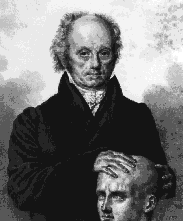 “An Empirical, 21st Century Evaluation of Phrenology,” Oiwi Parker Jones, Fidel Alfaro-Almagro, and Saad Jbabdi, bioRxiv 243089, 2018. The authors, at the University of Oxford, UK, explain:
“An Empirical, 21st Century Evaluation of Phrenology,” Oiwi Parker Jones, Fidel Alfaro-Almagro, and Saad Jbabdi, bioRxiv 243089, 2018. The authors, at the University of Oxford, UK, explain:
Phrenology was a nineteenth century endeavour to link personality traits with scalp morphology. It has been both influential and fiercely criticised, not least because of the assumption that scalp morphology can be informative of the underlying brain function. Here we test this idea empirically, rather than dismissing it out of hand. Whereas nineteenth century phrenologists had access to coarse measurement tools (digital technology then referring to fingers), we were able to re-examine phrenology using 21st century methods and thousands of subjects drawn from the largest neuroimaging study to date. High-quality structural MRI was used to quantify local scalp curvature….
In closing, we hope to have argued convincingly against the idea that local scalp curvature can be used to infer brain function in the healthy population. Given the thoroughness of our tests, it is unlikely that more scalp data would yield significant effects. It is true that further work might focus on the inner (rather than outer) curvature of the skull, perhaps formalising a virtual method for creating endocasts. In any case, we would advocate that future studies focus on the brain.
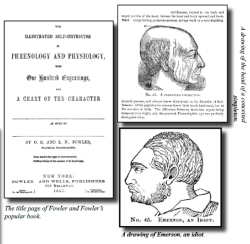 (Thanks to Ivan Alvarez for bringing this to our attention.)
(Thanks to Ivan Alvarez for bringing this to our attention.)
BONUS: A special issue (volume 13, no. 4) of the Annals of Improbable Research: “Where in your head?“

June 11, 2018
Leaf blowers as medical ventilators (for giraffes)
If you were tasked with anaesthetising a giraffe with a high-potency fast-acting opiod-based drug-combination (in order to perform essential veterinary work) you might have an urgent need for a suitable mechanical ventilator. But where could you find one?
A unique and imaginative solution has been devised by Dr Scott B. Citino, DVM, Dipl ACZM, of the White Oak Conservation Center, Yulee, Florida US, along with colleagues Mitchell Bush, DVM, Dipl ACZM (Khao Kheow Open Zoo, Thailand) and Oswaldo Rivera (Children’s National Medical Center, Washington, D.C. US).
The team devised a simple, effective ventilator, using an off-the-shelf leaf blower as the drive source [See photo].
“A simple, effective ventilator, utilizing either an electric or gas-powered leaf blower as the drive source, was designed to be used as an emergency field ventilator during a giraffe anesthesia study. This ventilator is made of commonly available parts, has a pop-off valve and pressure gauge to prevent over-inflation, an expiratory valve to provide postexpiratory end pressure (PEEP), and is relatively compact and easy to carry into the field. This device was used to ventilate three captive, sub-adult giraffe ranging in estimated weight from 580 to 700 kg. Inspiratory pressures of 20 cm H20 were reached quickly (< 2 sec), paO2 values were significantly increased, and paCO2 values were significantly decreased over pre-ventilation values, indicating adequate ventilation efficiency.“
See: ‘A SIMPLE, UNIQUE FIELD VENTILATOR FOR LARGE UNGULATES: ANOTHER USE FOR YOUR LEAF BLOWER’ in : Proceedings : American Association of Zoo Veterinarians, American Association of Wildlife Veterinarians, American Zoo and Aquarium Association Nutrition Advisory Group : 2007.
Many thanks to Dr Citino for supplying the photo of the leaf-blower-powered giraffe ventilator.

Investigation of Taxi Driver Response Behavior to Ride-Hailing Requests
People who use a ride-hailing service might wonder what tussled enliven the minds of the automobile drivers—the drivers who choose to pick them up, and the drivers who choose not to. This study tries to solve some of that mystery:
“An Empirical Investigation of Taxi Driver Response Behavior to Ride-Hailing Requests: A Spatio-Temporal Perspective,” Ke Xu, Luping Sun, Jingchen Liu, Hansheng Wang, PLoS ONE, vol. 13, no. 6, 2018, e0198605. The authors, at Peking University and the University of Finance and Economics, Beijing, China, report:
The empirical investigation from a driver’s perspective is of great importance for ride-hailing service providers, given that approximately 40% of the hailing requests receive no response from any driver. To comprehensively understand taxi driver response behavior, we use a rich dataset to generate variables related to the spatio-temporal supply-demand intensities, the economic incentives, the requests’ and the drivers’ characteristics. The results show that drivers are more likely to respond to requests with economic incentives (especially a firm subsidy), and those with a lower spatio-temporal demand intensity or a higher spatio-temporal supply intensity. . In addition, drivers are more likely to respond to requests involving rides covering a greater geographical distance and to those with a smaller number of repeated submissions….
The data used in this study is provided by one of the well-known ride-hailing service providers in China.
(Thanks to Neil Martin for bringing this to our attention.)

Marc Abrahams's Blog
- Marc Abrahams's profile
- 14 followers


